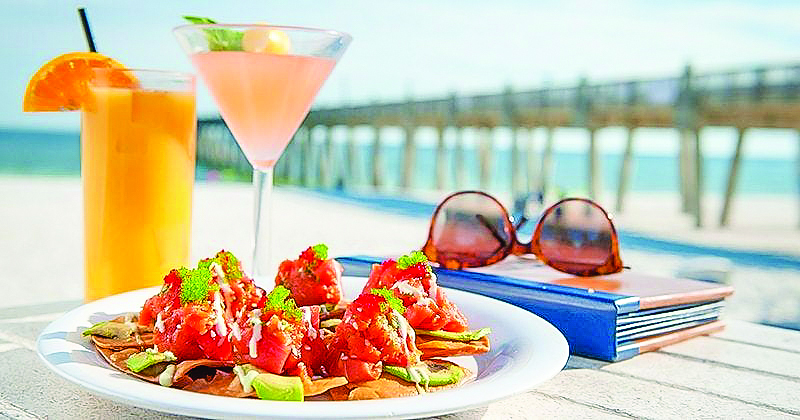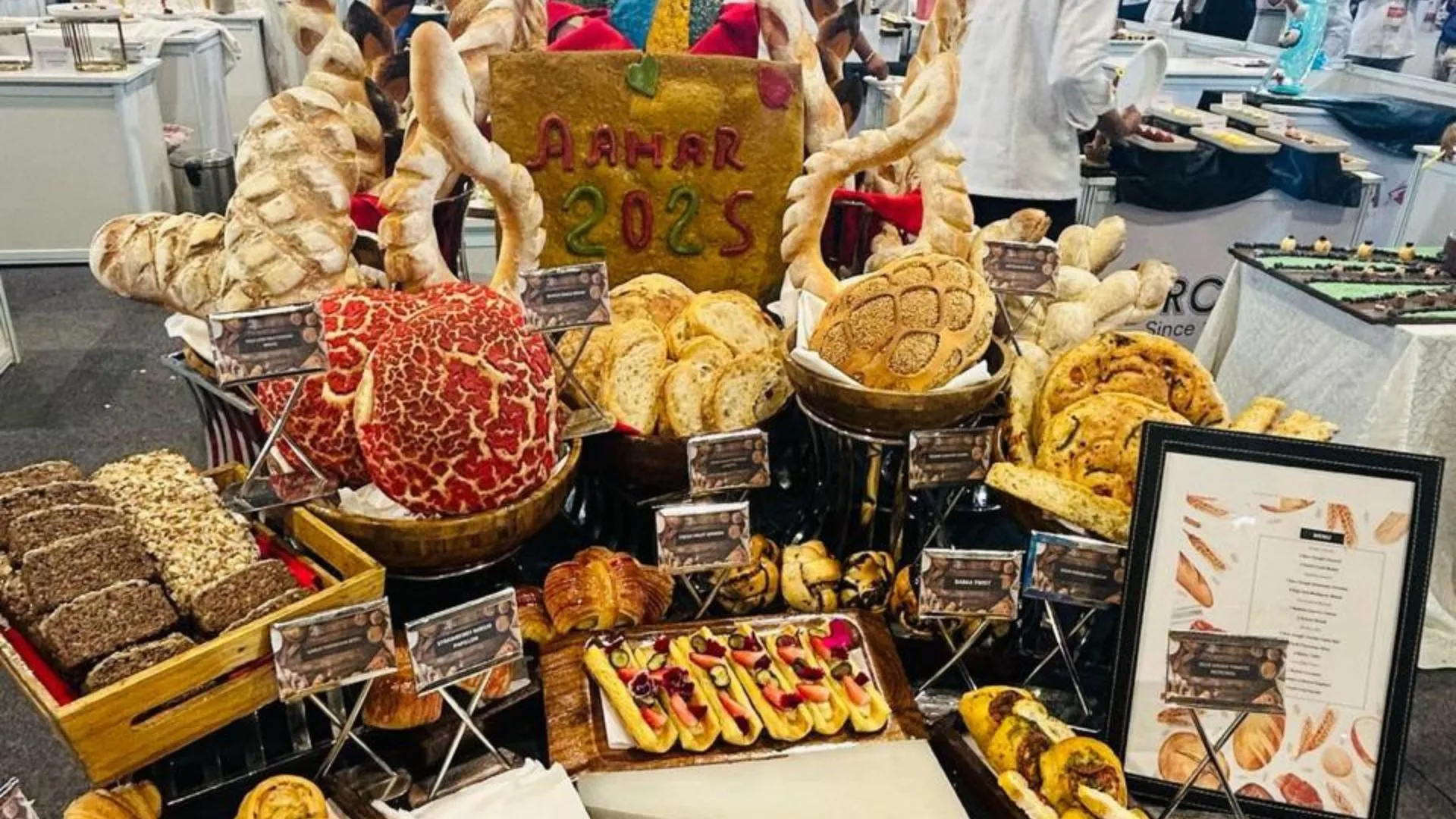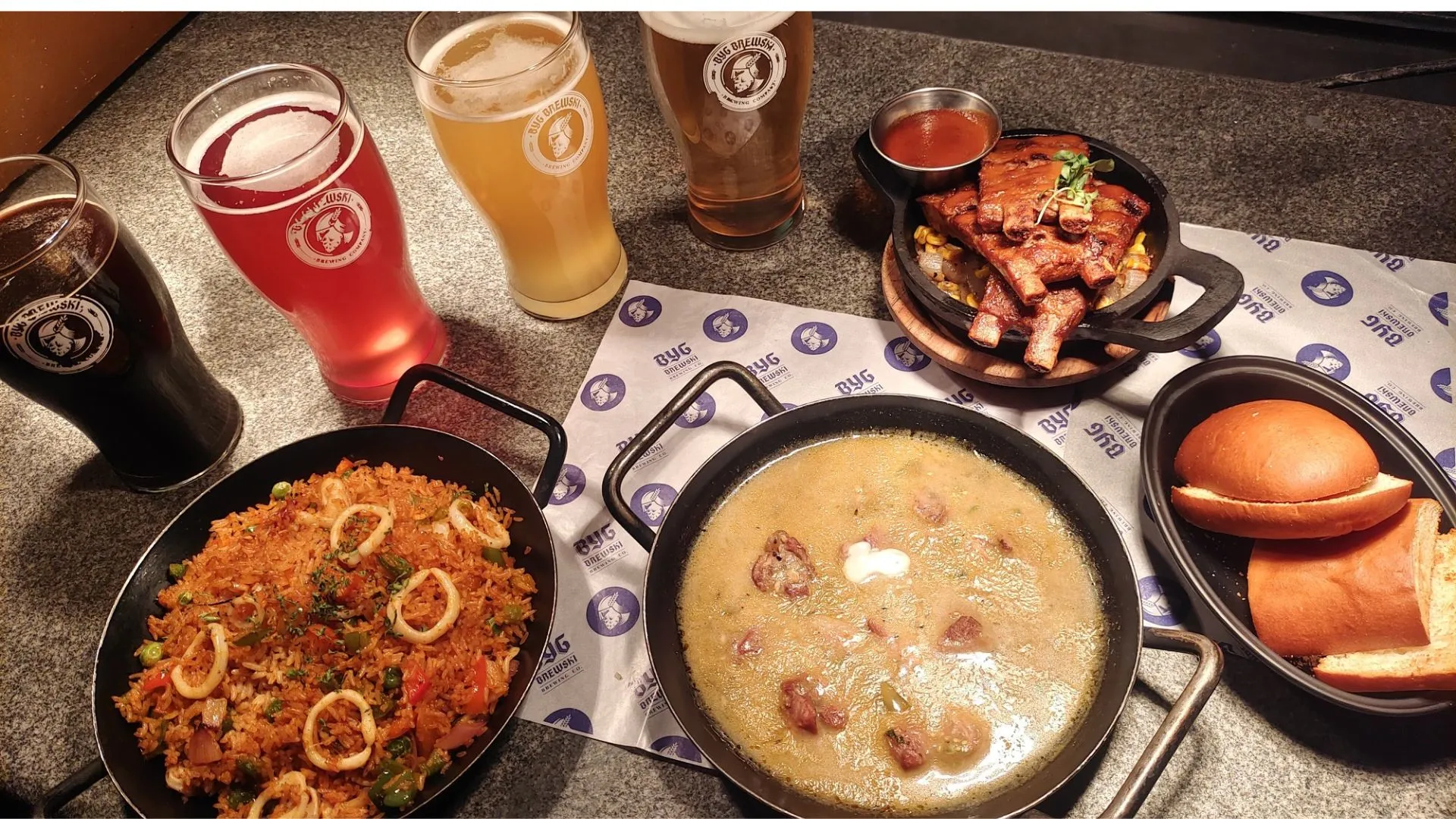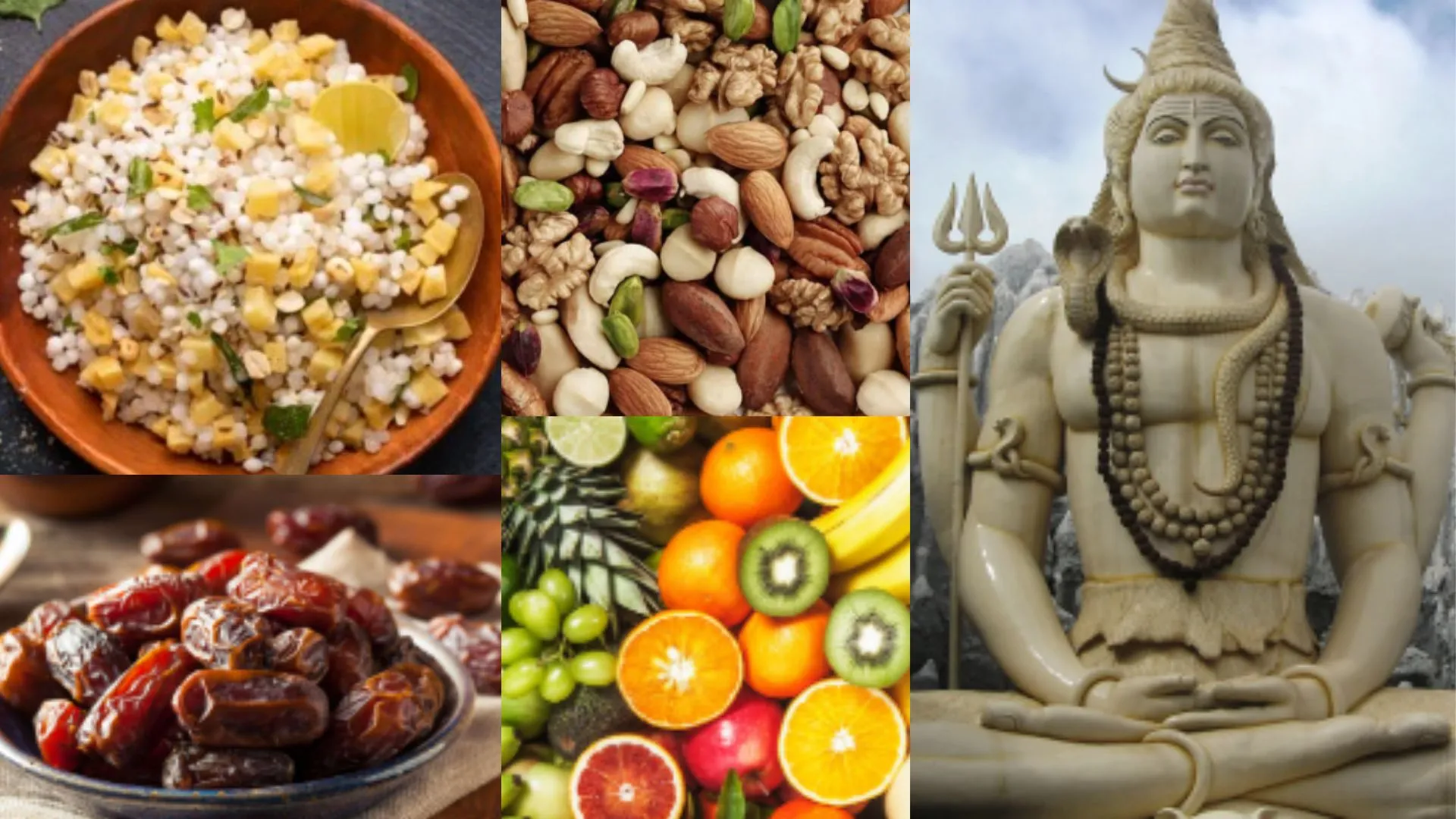Today, Indian restaurants have changed the tourism industry and they have become among the top and most important sources of income due to their culinary offerings. This trend reveals a gradual progression in perceiving food not only as the choice of trips but as an additional means of improving the experience focused on cultural interactions. Various restaurants within India are now using the prospects or the food they prepare as a way of making tourists come and spend their income on several other items in the economy.
For instance, our brand Romeo Lane is a restaurant chain with a specialization in Indian spices but with a style that incorporates international recipes and tastes. Ultimately, Romeo Lane’s proposition to landmark itself as a hybrid restaurant serving fusion food not only intrigues the current local residents but also gets them curious to try out the journey involved in navigating through on table what the diverse flavours of Indian food have to offer while simultaneously appealing to the international palate. This approach also serves as a way of encouraging patronage by the public while at the same time placing the restaurant on cultural diplomatic standing by developing the image of India’s fine culinary offering across the globe.
Immersive Dining Experiences:
Popular restaurants that one would like to recommend gradually create environments that offer more than just the needful meal. Some of these services include themed menus, cooking demonstrations and private interactive workshops through themed menus, to show tourists the rich taste of India and knowing and appreciating more about their food and cooking civilization. Not only does such an effect enrich the experience of traveling but also stimulates the return flow of guests with further promotional information, improving tourism and income.
Promoting Local Economies:
Indian restaurants are making a massive contribution to local people like farmers artisans and producers who bring up food materials from rural areas. Being a customer who buys and eats locally promoted food items, these establishments offer and generate economic revenue on food production. Local community and cultural establishments partnership also makes the accommodation of local features possible helping not only enhance the meals’ experience for the guests but also creating a link to the location.
Collaborative Marketing:
As of late, dining has turned into a significant sector in tourism with numerous restaurants and tourist corporations partnering. Promotions through marketing slogans and sale-of-equity, different concepts such as ‘ food carnival’, ‘food festival’ and ‘food tourism circuit’, have become lively approaches to lure tourists and develop culinary tourism in India. Coming together, the stakeholders in the food and tourism sectors can harness their united might to develop an enticing appeal that attracts tourists’ attention and gets them to spend more time in a specific region.
Embracing Innovation:
Looking at competitive dynamics, we can say that it is important to stay competitive in a dynamically changing environment. However, due to certain changes that have taken place in this particular industry, restaurants are faced with the problem of flexibility and innovation regarding consumers’ preferences and tendencies on the market. Among the key growth scenarios, further innovation, technology integration, and advanced sustainability initiatives remain critical to maintaining competitiveness in the food tourism environment. In addition, residents and tourists gain opportunities for enrollment and qualification in workforce development and culinary training so that restaurants sustain quality and service standards popular with tourists.
The Future of Indian Restaurants:
The objective of driving destination growth is an essential one since it encompasses the pursuit of any destination necessary for the existence and success of an organization. Given the future, it is worth emphasizing that driving tourism and the revenue will be challenging but promising. As a result of the growing prominence of culinary tourism and novelty-seeking restaurant experiences, there are promising prospects for restaurants to emerge as significant stakeholders while marketing and selling destinations for tourism and promoting food-based economic growth. Thus, with proper utilization of culinary ability, cultural endowment, and business acumen, Indian restaurants have the capability to write a new chapter towards food tourism and the enhancement of the prospect and profitability of the hospitality business.
Saurabh Luthra, Founder & Chairman – Romeo Lane










